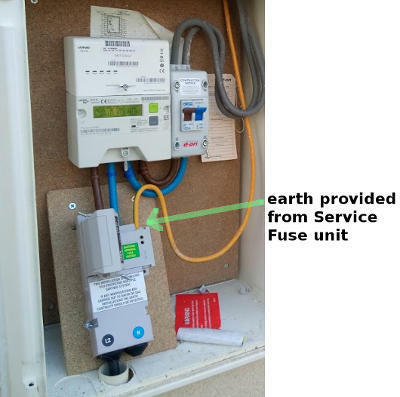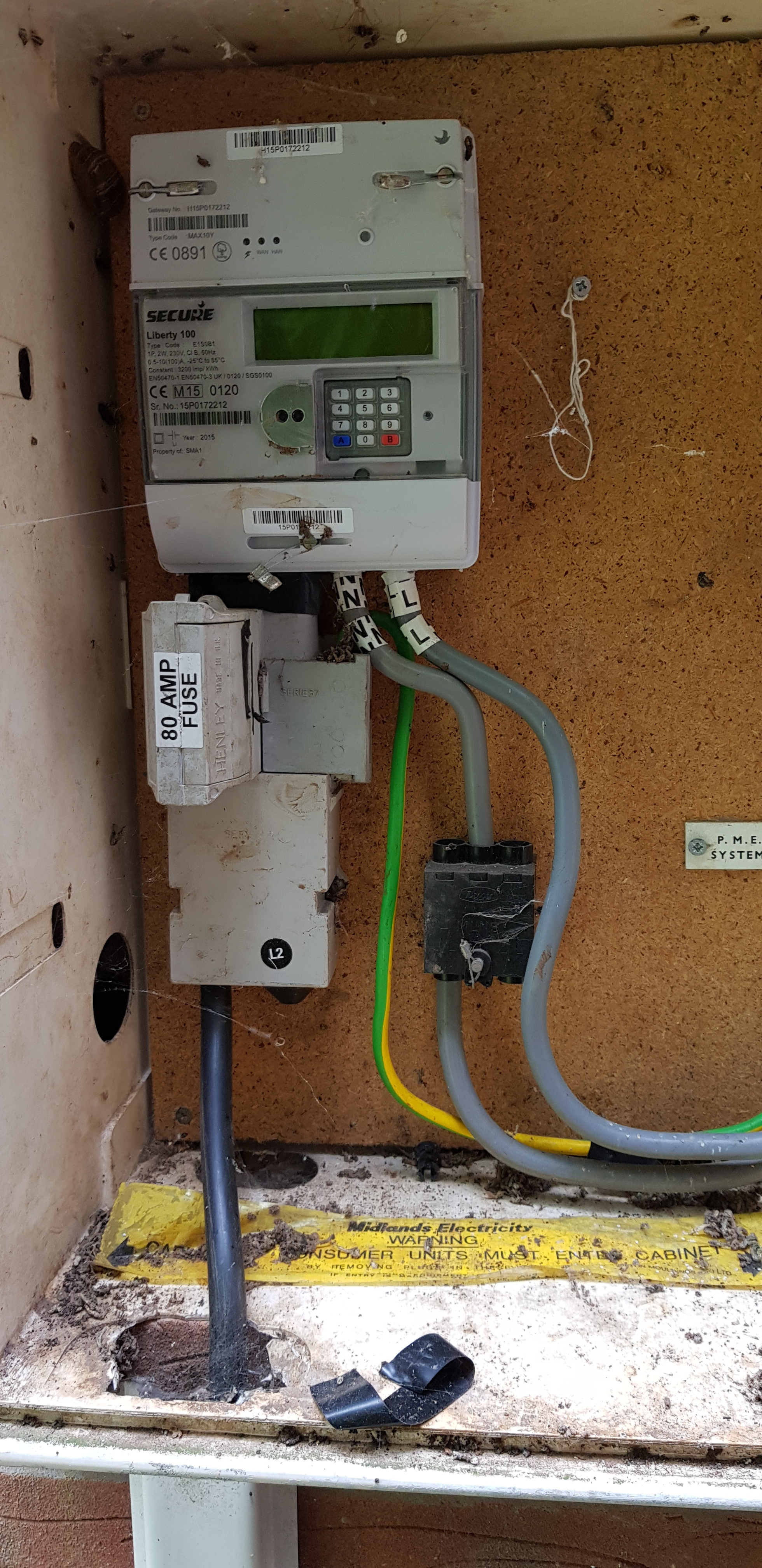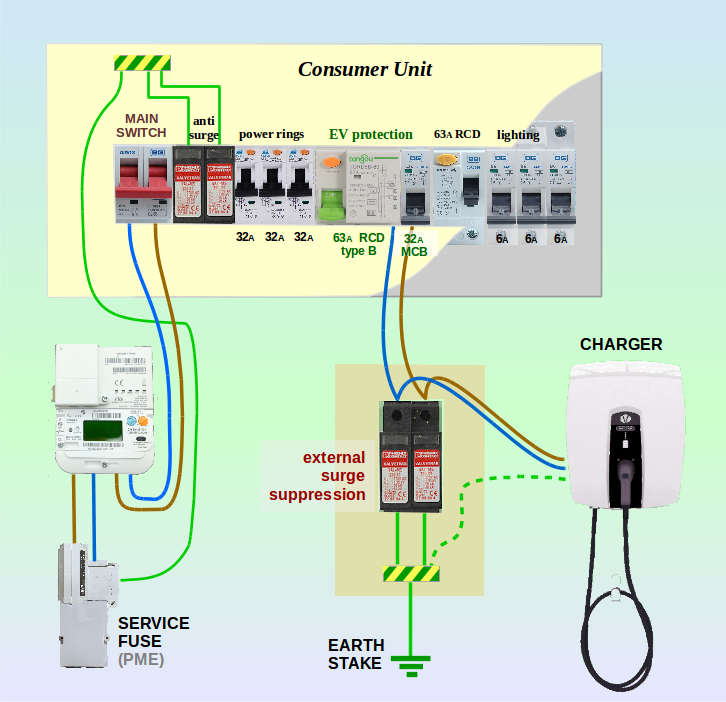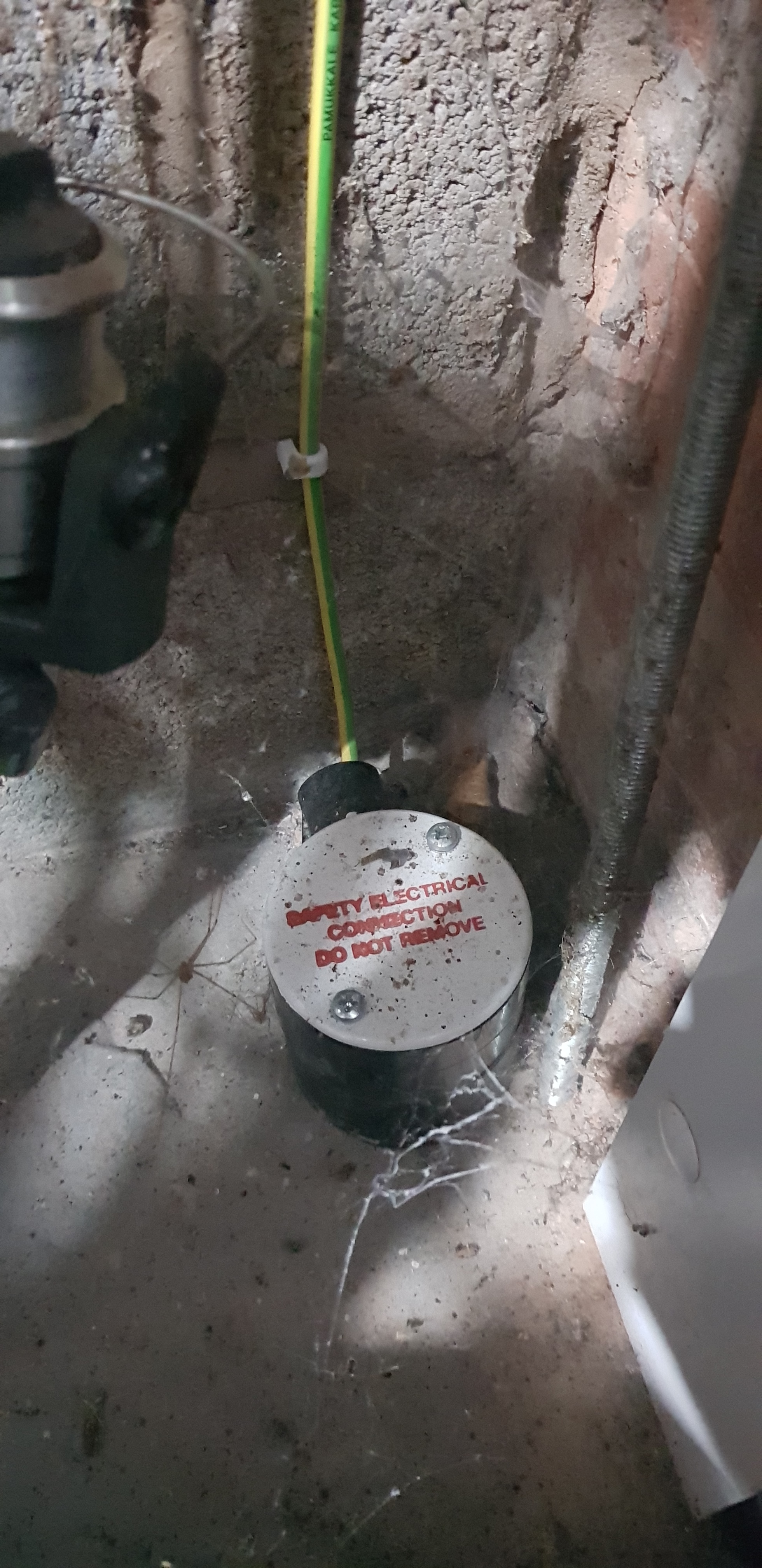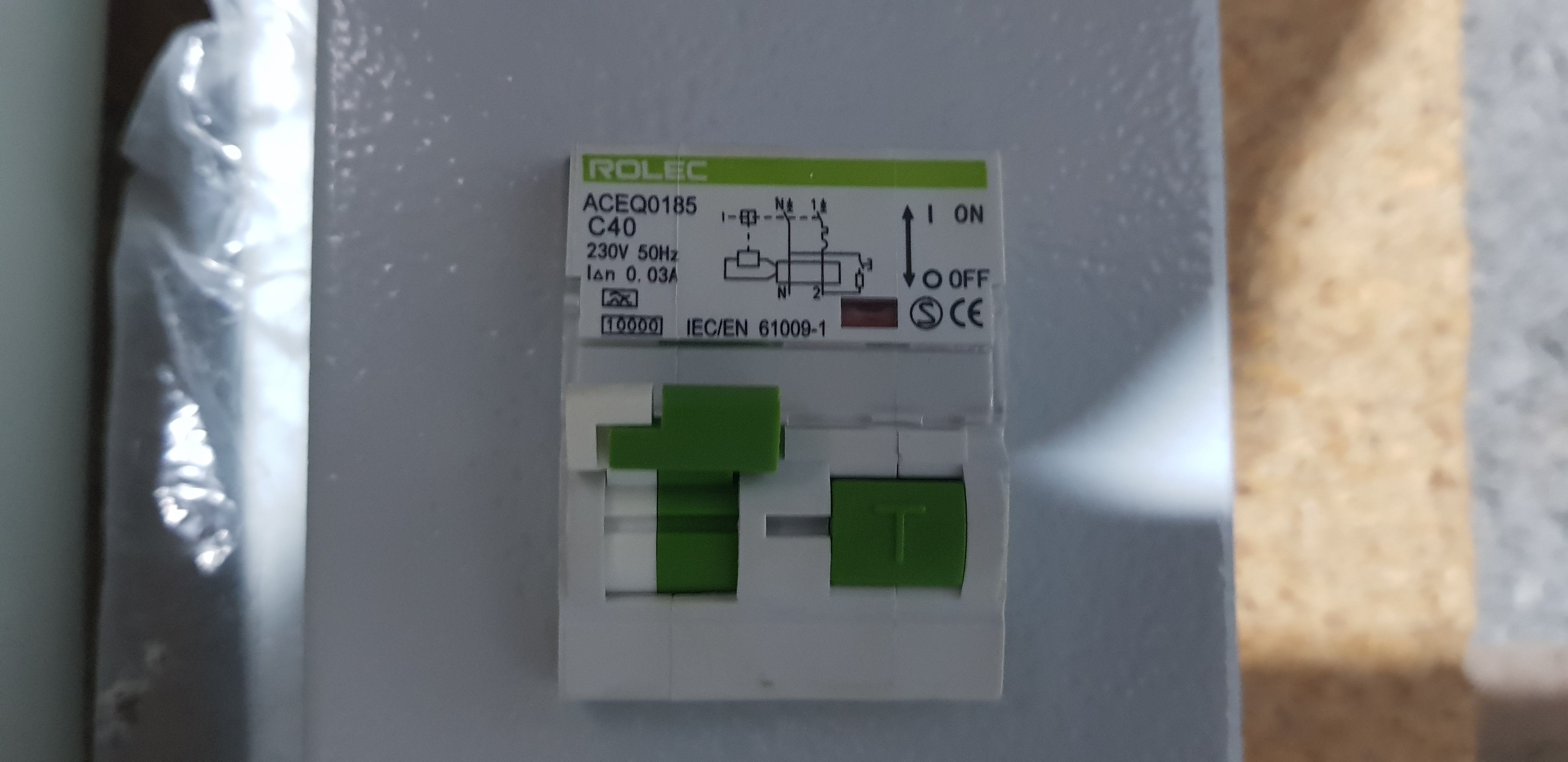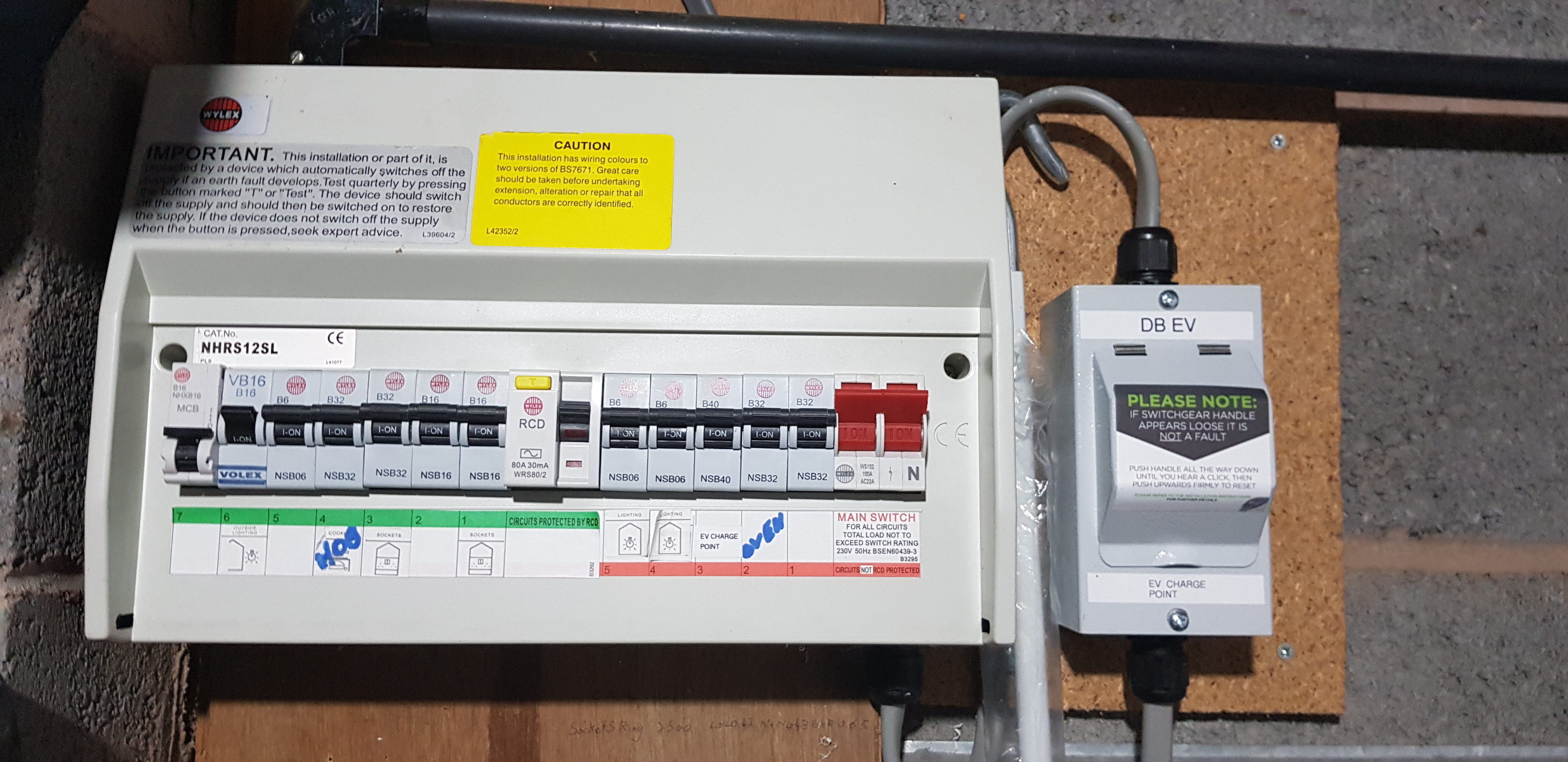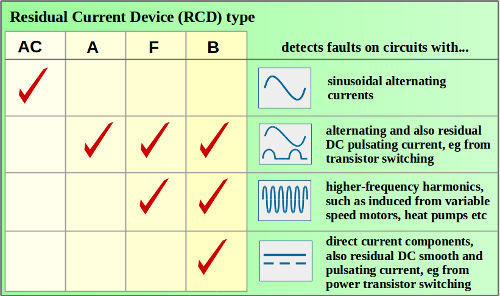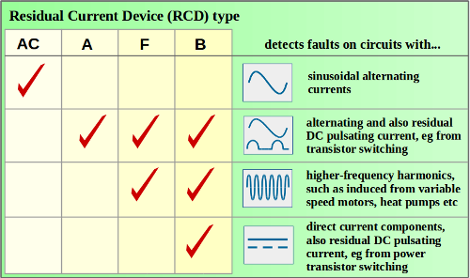Given the upcoming weather, and the fact all my ev charge plugs and all public chargepoints all say "donnot use in thunderstorms" I was wondering:
A) Why
B) What is the real risk
C) Will anything prevent it actually charging
D) If you have a virtually flat battery in a storm, what should you do if you need to keep driving!
E) Is it (more?)dangerous with a v2g?
Best answer by sylm_2000
View original





